Characteristics and Current Harmonic Control of N* Three-Phase PMSG for HVDC Transmission Based on MMC
Abstract
1. Introduction
2. The System Topology and Working Principles
2.1. System Topology
2.2. Analysis of Electromagnetic Characteristics of N* Three-Phase PMSG
3. Mathematical Model of N* Three-Phase PMSG
4. Harmonic Current Control Strategy of Side Converter of N* Three-Phase PMSG
4.1. Design of Proportional Integral-Nonideal Resonance Controller
4.2. Harmonic Suppression Strategy of N* Three-Phase PMSG Machine-Side Converter
4.3. Simulation and Analysis
5. Experimental Results and Analysis
6. Conclusions
- (1)
- The N* three-phase PMSG proposed in this paper is composed of several three-phase generator units with the same electromagnetic characteristics. Each generator unit has advantages of good electrical isolation, simple structure and strong fault tolerance.
- (2)
- The current harmonics can be suppressed by the machine-side converter control strategy of an N* three-phase PMSG proposed in this paper, which could eliminate the harmonics with higher amplitude in the stator current and improve the generating efficiency of the generator.
- (3)
- The generator proposed in this paper is suitable for the field of offshore large-capacity wind power generation, which could provide some references for engineering practice.
Author Contributions
Funding
Conflicts of Interest
References
- De Prada, M.; Corchero, C.; Gomis-Bellmunt, O.; Sumper, A. AC-DC offshore wind power plant topology optimal design. IEEE Trans. Power Syst. 2015, 30, 1868–1876. [Google Scholar]
- Jeremy, L. Integrating the first HVDC-based offshore wind power into PJM system—A real project case study. IEEE Trans. Ind. Electron. 2015, 52, 1970–1978. [Google Scholar]
- Shoudao, H.; Wu, G.; Rong, F.; Zhang, C.; Huang, S.; Wu, Q. Novel Predictive Stator Flux Control Techniques for PMSM Drives. IEEE Trans. Power Electron. 2019, 34, 8916–8929. [Google Scholar]
- Zhang, C.; Wu, G.; Rong, F.; Feng, J.; Jia, L.; He, J.; Huang, S. Robust Fault-Tolerant Predictive Current Control for Permanent Magnet Synchronous Motors Considering Demagnetization Fault. IEEE Trans. Ind. Electron. 2018, 65, 5324–5334. [Google Scholar] [CrossRef]
- Zhou, D.; Blaabjerg, F.; Franke, T.; Tønnes, M.; Lau, M. Comparison of wind power converter reliability with low speed and medium speed permanent magnet synchronous generators. IEEE Trans. Power Syst. 2015, 62, 6575–6584. [Google Scholar]
- Potgieter, J.H.; Kamper, M.J. Modeling and stability analysis of a direct drive direct grid slip synchronous permanent magnet wind generator. IEEE Trans. Ind. Appl. 2014, 50, 1738–1747. [Google Scholar] [CrossRef]
- Zhang, X.; Chen, J.; Ma, Y.; Wang, Y.; Xu, D. Bandwidth Expansion Method for Circulating Current Control in Parallel Three-phase PWM Converter Connection System. IEEE Trans. Ind. Electron. 2014, 29, 6847–6856. [Google Scholar]
- Hou, C.C. A Multicarrier PWM for Parallel Three-Phase Active Front-End Converters. IEEE Trans. Power Electron. 2013, 28, 2753–2759. [Google Scholar] [CrossRef]
- Zhang, X.; Fu, Z.; Xiao, Y.; Wang, G.; Xu, D. Control of Parallel Three-Phase PWM Converters Under Generalized Unbalanced Operating Conditions. IEEE Trans. Power Electron. 2017, 32, 3206–3214. [Google Scholar] [CrossRef]
- Monni, A.; Marongiu, I.; Serpi, A.; Damiano, A. Design of a fractional slot multi-phase PMSG for a direct drive wind turbine. In Proceedings of the 2014 International Conference on Electrical Machines, Berlin, Germany, 2–5 September 2014; pp. 2087–2093. [Google Scholar]
- Levi, E. Advances in converter control and innovative exploitation of additional degrees of freedom for multiphase machines. IEEE Trans. Ind. Electron. 2015, 63, 433–448. [Google Scholar] [CrossRef]
- Elserougi, A.A.; Daoud, M.I.; Abdel-Khalik, A.S.; Massoud, A.M.; Ahmed, S. Series connected multi-half-bridge modules converter for integrating multi-megawatt wind multi phase permanent magnet synchronous generator with dc grid. IET Electr. Power Appl. 2017, 11, 981–990. [Google Scholar] [CrossRef]
- Zhou, S.; Rong, F.; Yin, Z.; Huang, S.; Zhou, Y. HVDC Transmission Technology of Wind Power System with Multi-Phase PMSG. Energies 2018, 11, 3294. [Google Scholar] [CrossRef]
- Gjerde, S.S.; Olsen, P.K.; Ljøkelsøy, K.; Undeland, T.M. Control and fault handling in a modular series-connected converter for a transformerless 100 kV low-weight offshore wind turbine. IEEE Trans. Ind. Appl. 2014, 50, 1094–1105. [Google Scholar] [CrossRef]
- Carmeli, M.S.; Castelli-Dezza, F.; Marchegiani, G.; Mauri, M.; Rosati, D. Design and analysis of a medium voltage DC windfarm with a transformer-less wind turbine generator. In Proceedings of the 2010 International Conference on Electrical Machines (ICEM), Rome, Italy, 6–8 September 2010; pp. 1–6. [Google Scholar]
- Prasai, A.; Yim, J.S.; Divan, D.; Bendre, A.; Sul, S.K. A new architecture for offshore wind farms. IEEE Trans. Power Electron. 2008, 23, 1198–1204. [Google Scholar] [CrossRef]
- Zabaleta, M.; Levi, E.; Jones, M. A Novel Synthetic Loading Method for Multiple Three-Phase Winding Electric Machines. IEEE Trans. Energy Convers. 2019, 34, 70–78. [Google Scholar] [CrossRef]
- Jung, E.; Yoo, H.; Sul, S.K.; Choi, H.S.; Choi, Y.Y. A Nine-Phase Permanent-Magnet Motor Drive System for an Ultrahigh-Speed Elevator. IEEE Trans. Ind. Appl. 2012, 48, 987–994. [Google Scholar] [CrossRef]
- Andriollo, M.; Bettanini, G.; Martinelli, G.; Morini, A.; Tortella, A. Analysis of Double-Star Permanent-Magnet Synchronous Generators by a General Decoupled d–q Model. IEEE Trans. Ind. Appl. 2009, 45, 1416–1424. [Google Scholar] [CrossRef]
- Liu, J.; Yang, G.J.; Li, Y.; Gao, H.W.; Su, J.Y. Eliminating the third harmonic effect for six phase permanent magnet synchronous generators in one phase open mode. IEEE Trans. Power Electron. 2014, 14, 92–104. [Google Scholar] [CrossRef][Green Version]
- Mekri, F.; Elghali, S.B.; Benbouzid, M.E.H. Fault tolerant control performance comparison of three and five phase PMSG for marine current turbine applications. IEEE Trans. Sustain. Energy 2013, 4, 425–433. [Google Scholar] [CrossRef]
- Han, X.; Jiang, D.; Zou, T.; Qu, R.; Yang, K. Two-segment three-phase PMSM drive with carrier phase-shift PWM for torque ripple and vibration reduction. IEEE Trans. Power Electron. 2019, 34, 588–599. [Google Scholar] [CrossRef]
- Luise, F.; Pieri, S.; Mezzarobba, M.; Tessarolo, A. Regenerative testing of a concentrated-winding permanent-magnet synchronous machine for offshore wind generation—Part I: Test concept and analysis. IEEE Trans. Ind. Appl. 2012, 48, 1779–1790. [Google Scholar] [CrossRef]
- Luise, F.; Pieri, S.; Mezzarobba, M.; Tessarolo, A. Regenerative testing of a concentrated-winding permanent-magnet synchronous machine for offshore wind generation—Part II: Test implementation and results. IEEE Trans. Ind. Appl 2012, 48, 1791–1796. [Google Scholar] [CrossRef]
- Yuan, X.; Allmeling, J.; Merk, W.; Stemmler, H. Stationary frame generalized integrators for current control of active power filters with zero steady state error for current harmonics of concern under unbalanced and distorted operation conditions. IEEE Trans. Ind. Appl. 2002, 38, 2134–2150. [Google Scholar]
- Zmood, D.N.; Holmes, D.G.; Bode, G. Frequency domain analysis of three phase linear current regulators. IEEE Trans. Ind. Appl. 2001, 37, 601–610. [Google Scholar] [CrossRef]
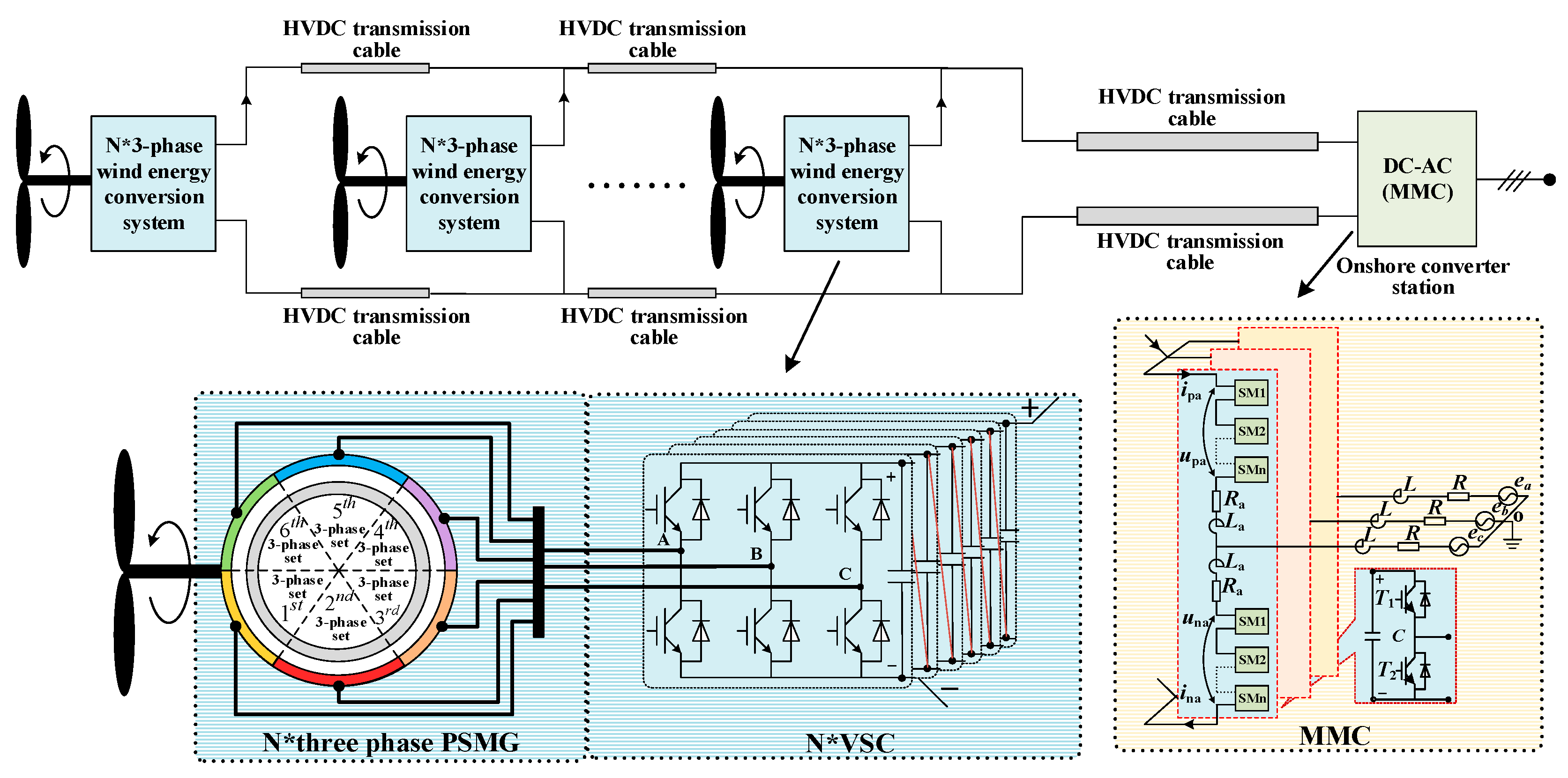
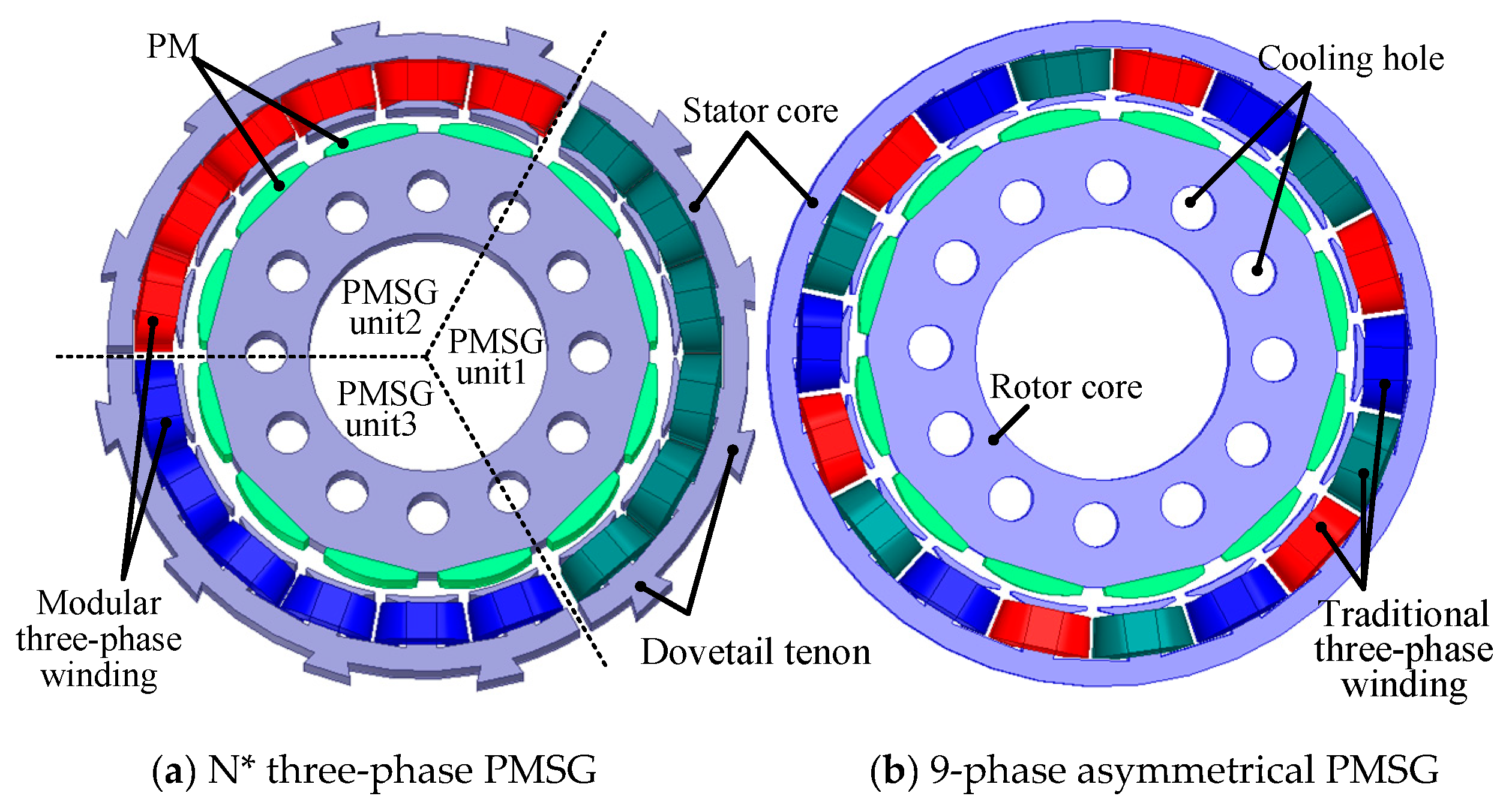
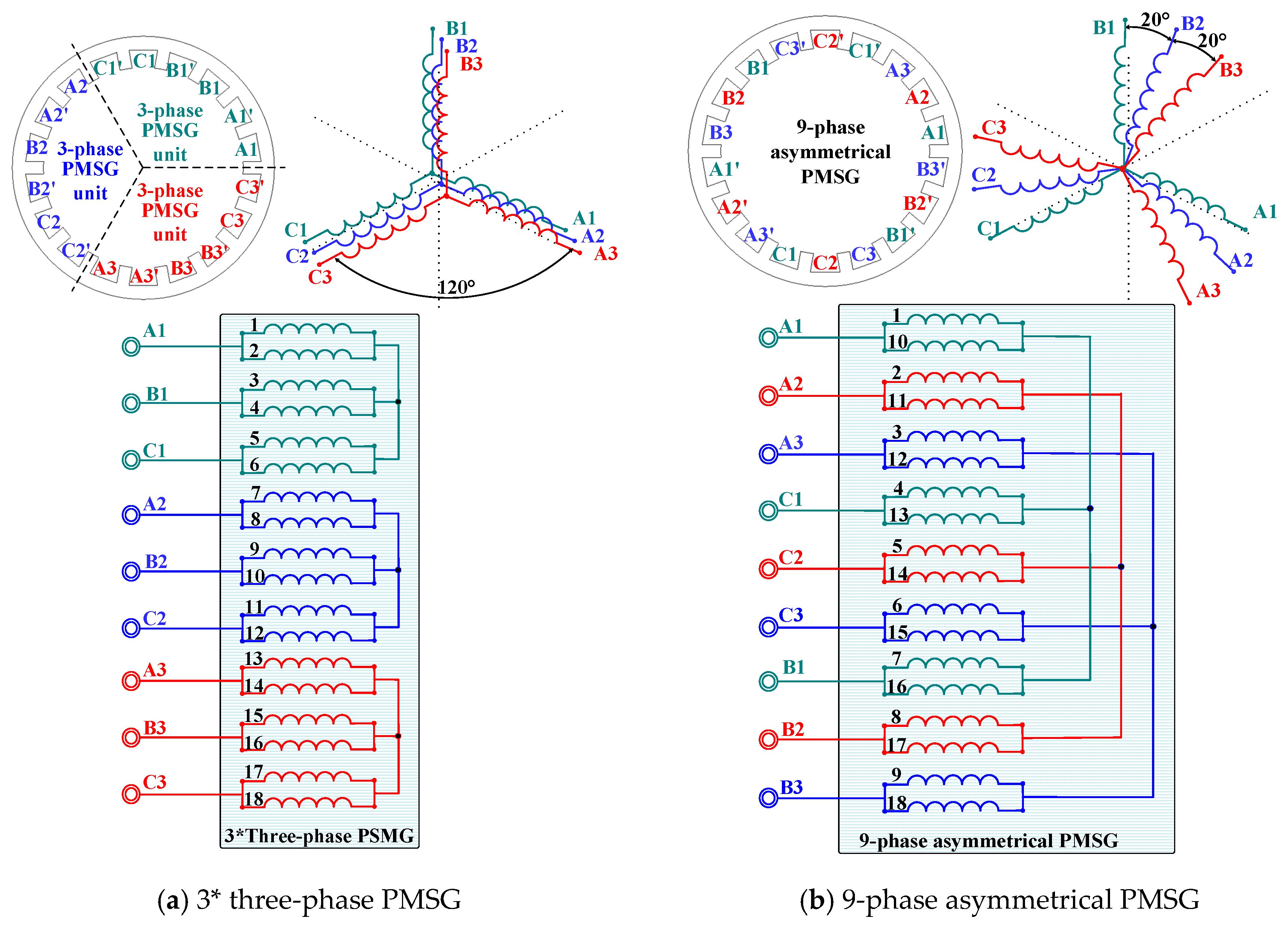
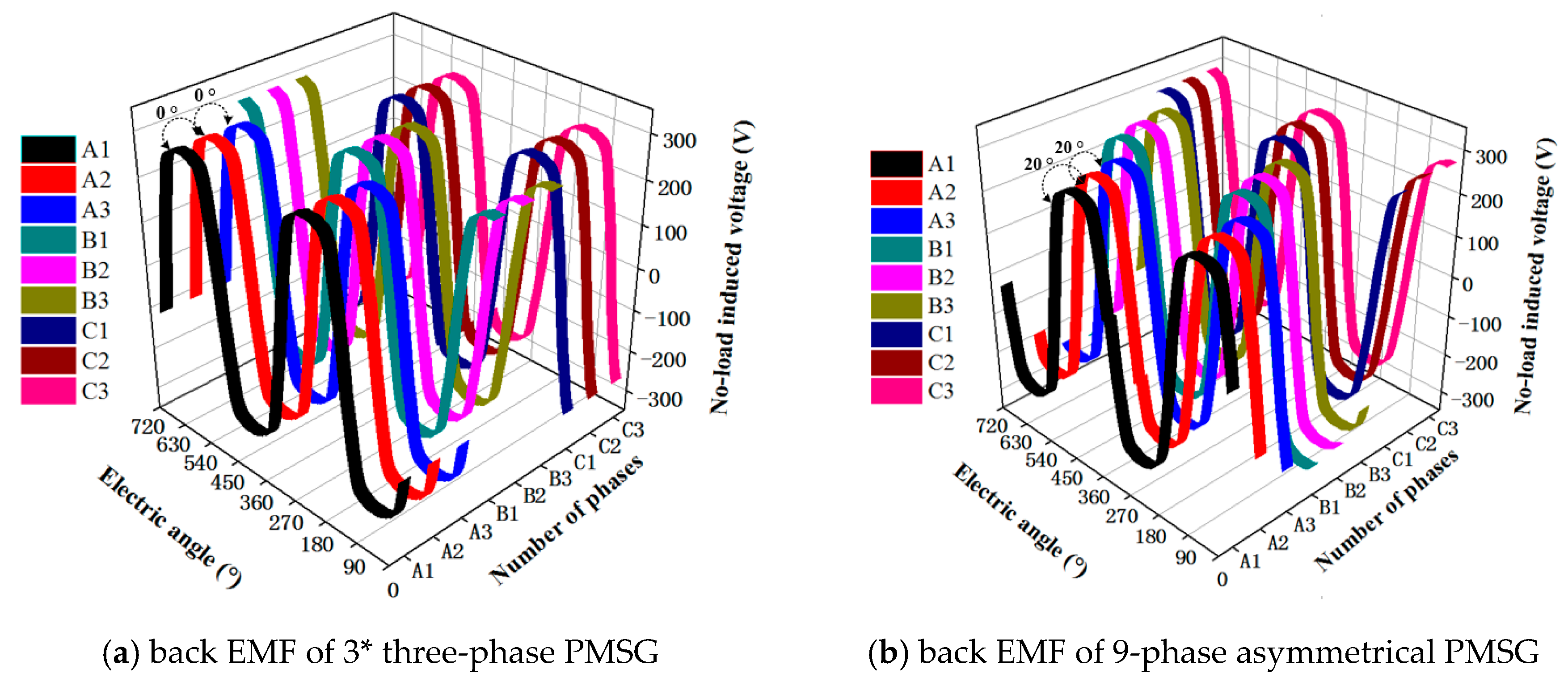
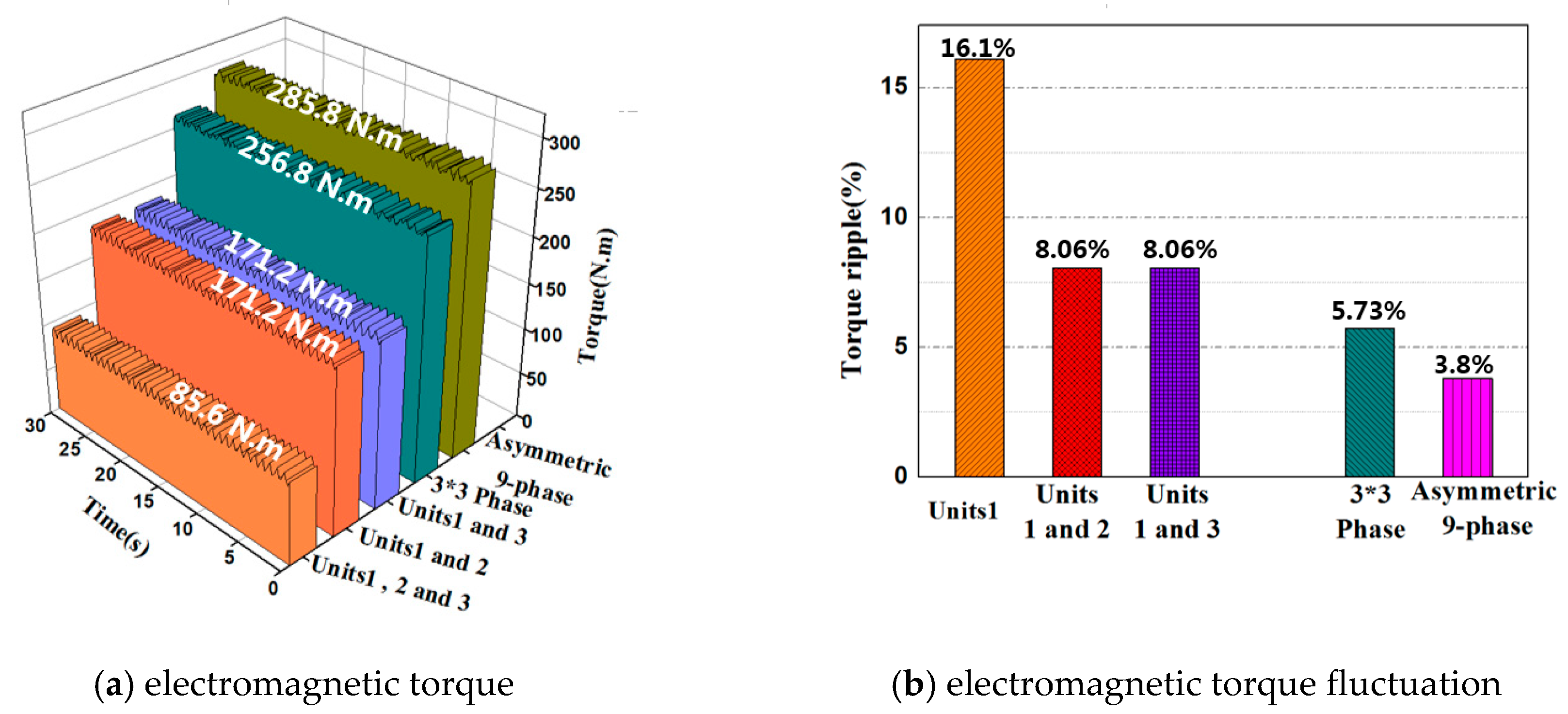
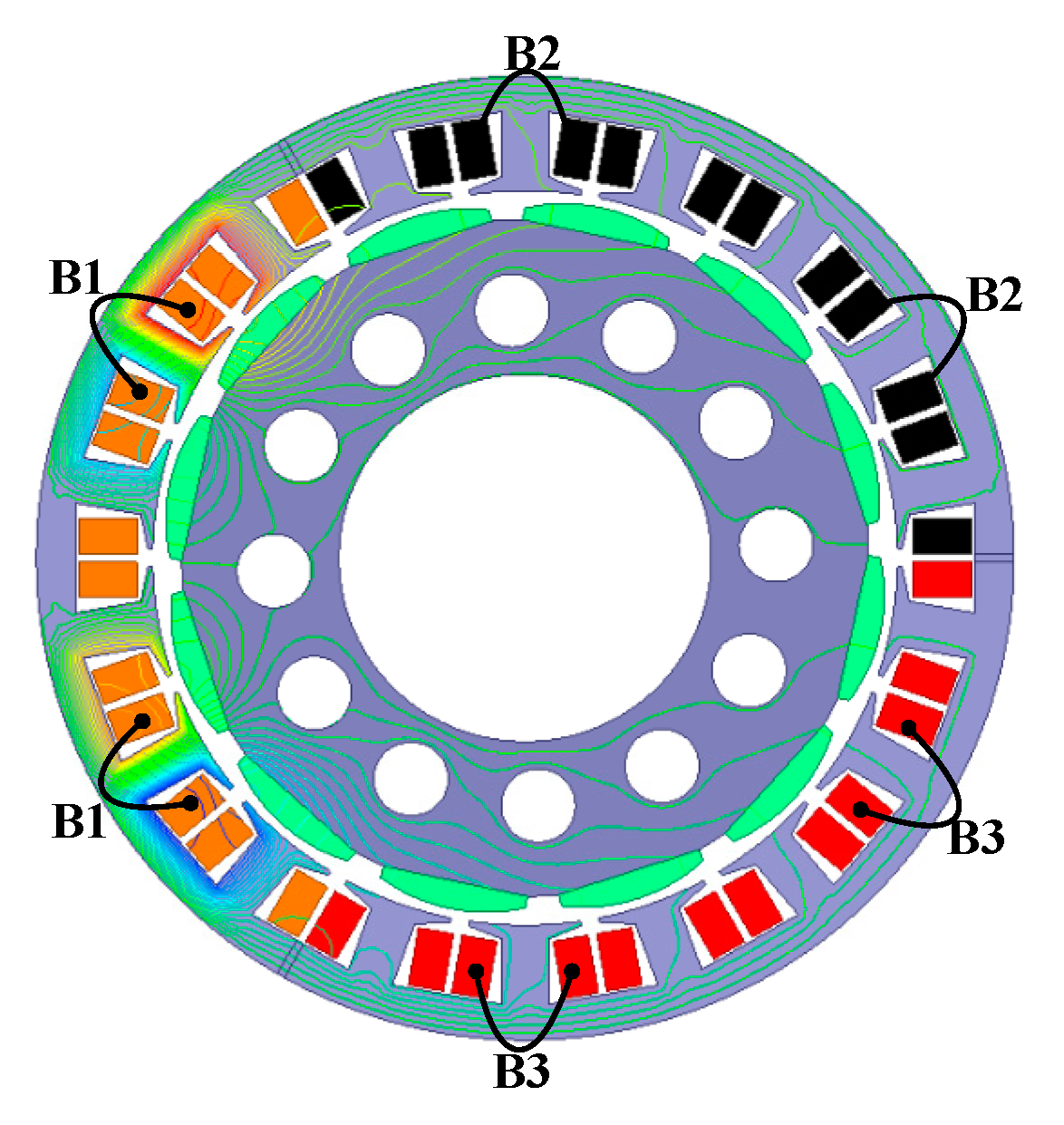
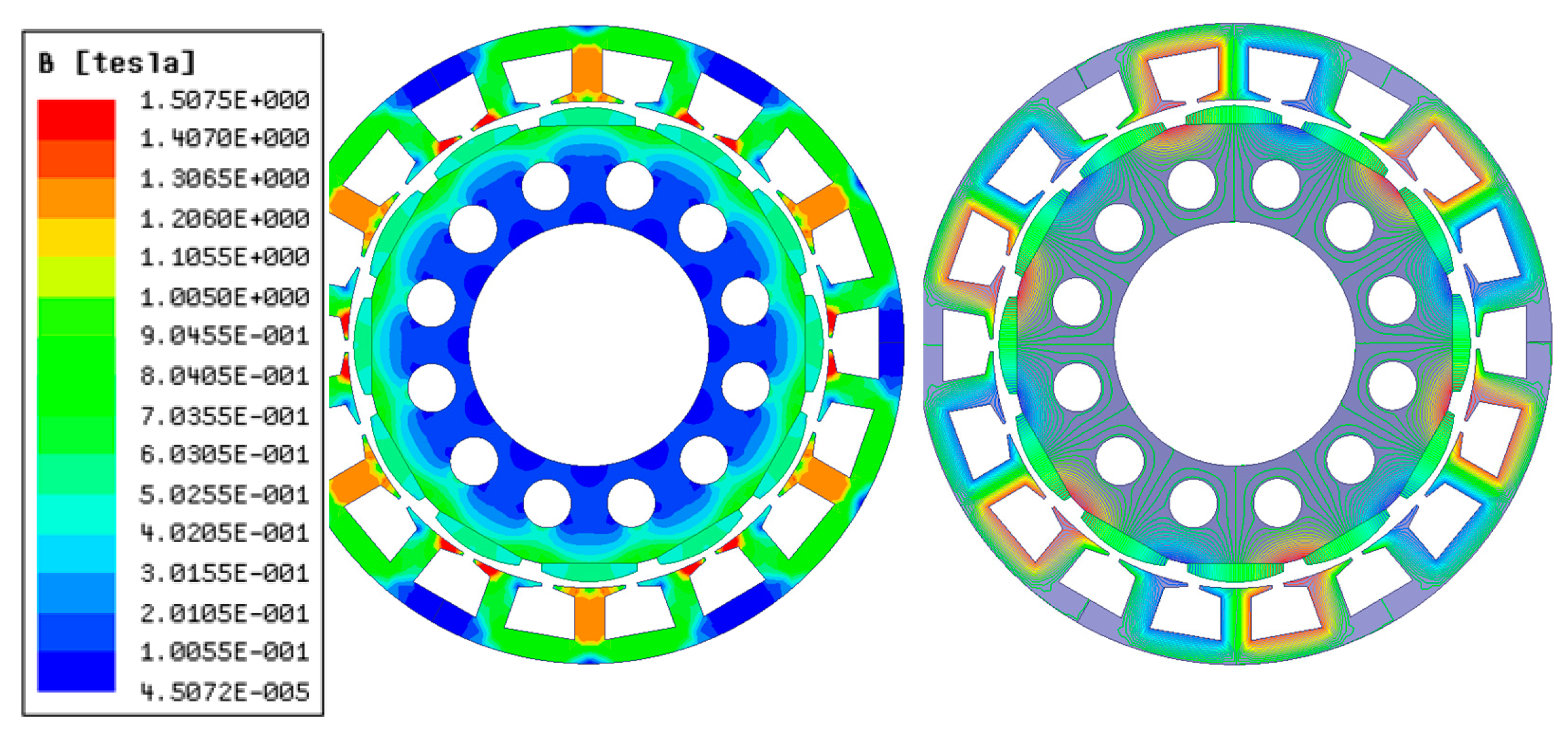
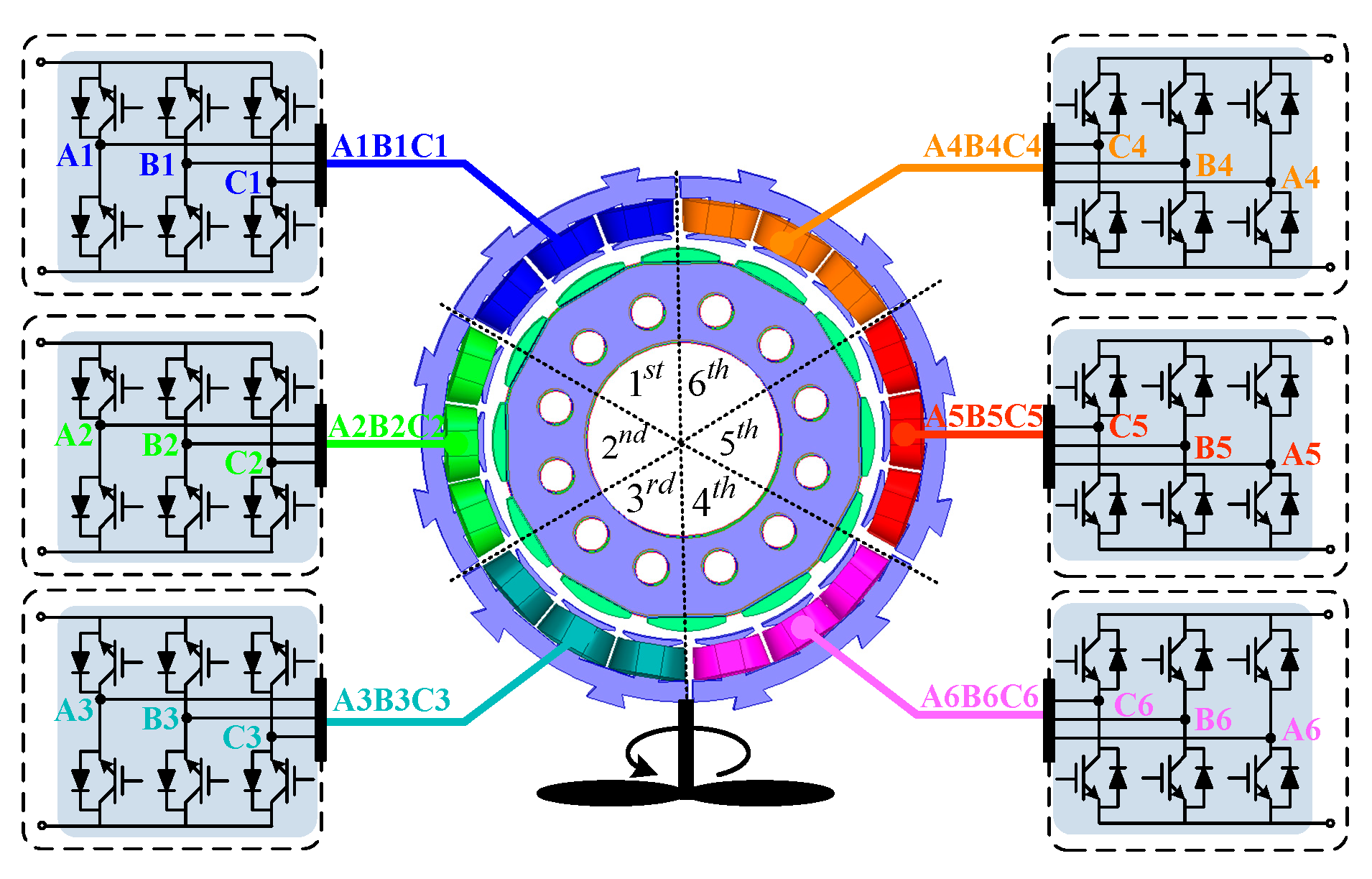
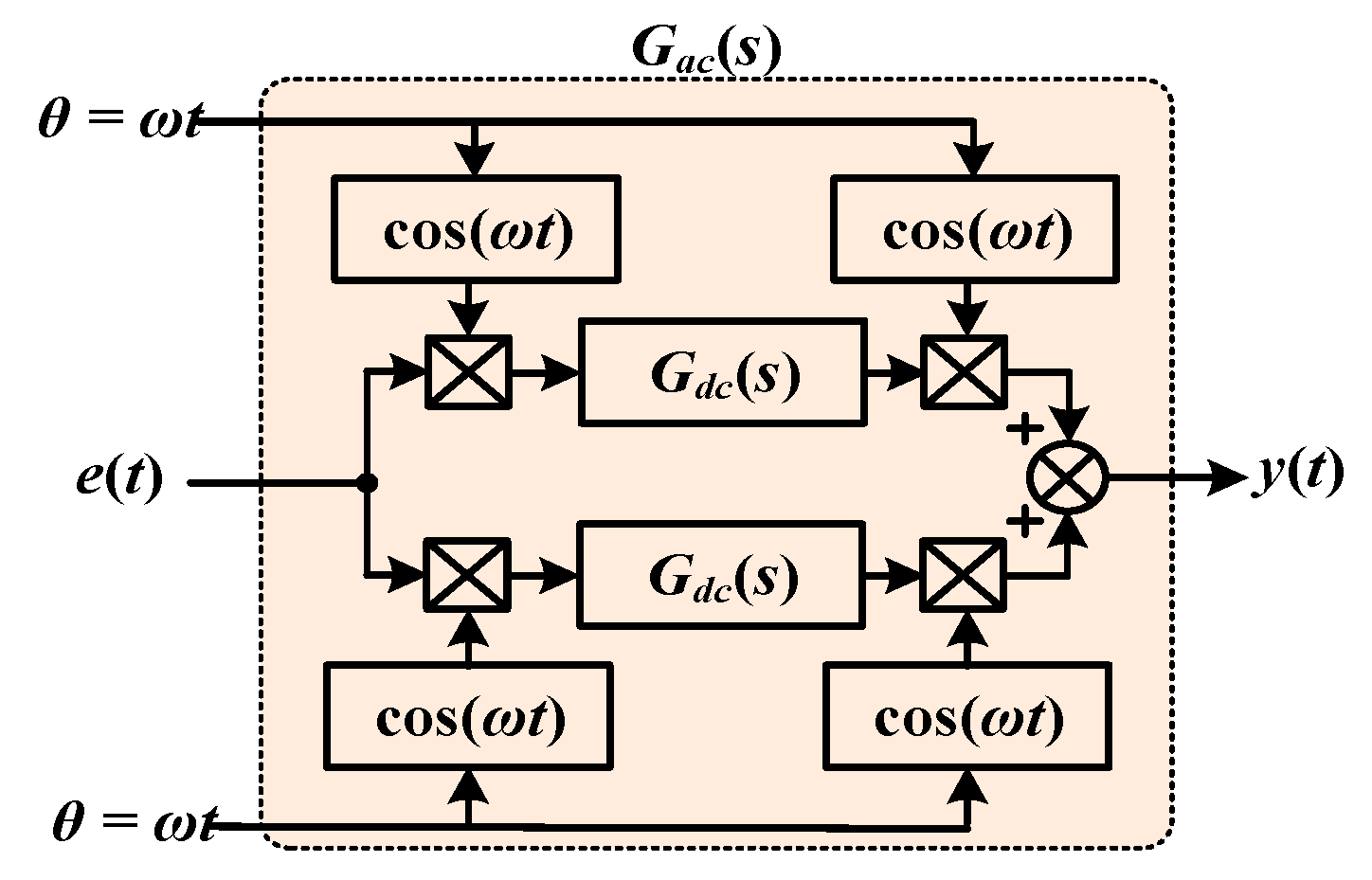
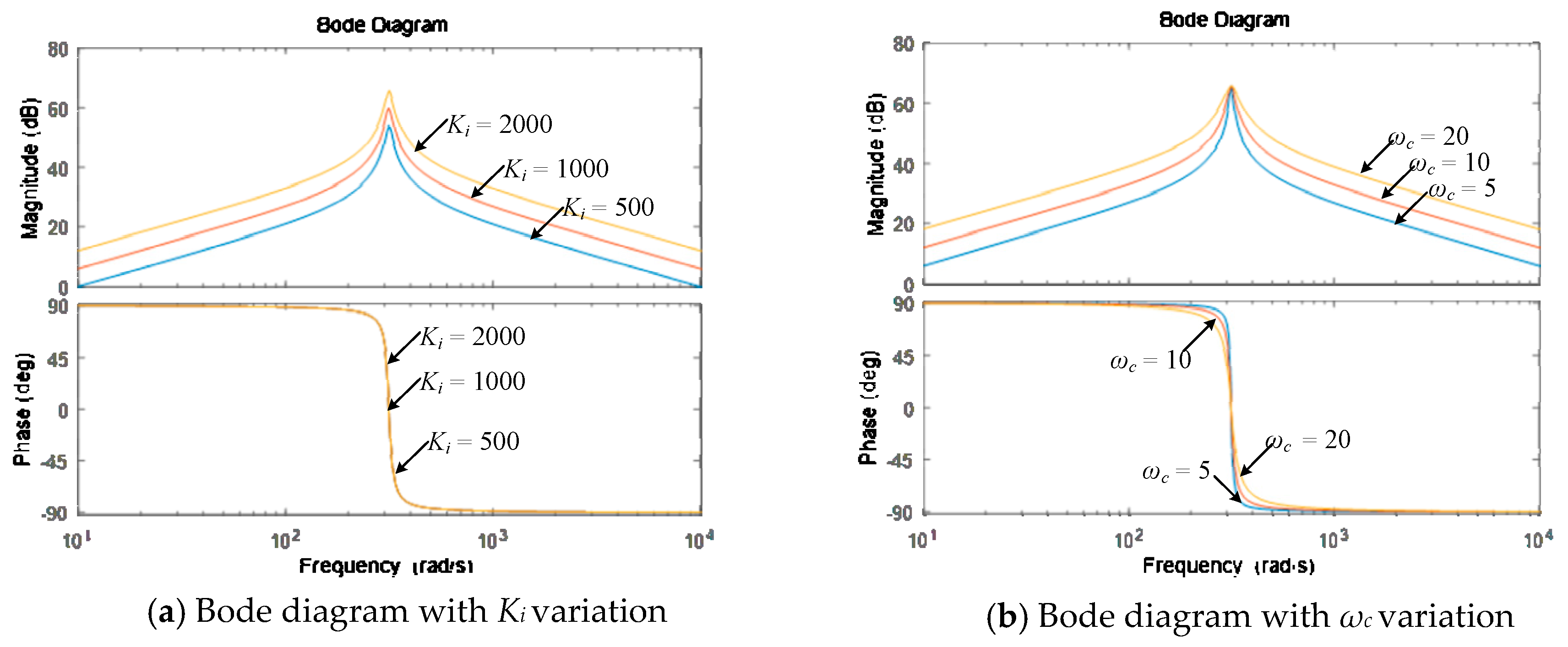
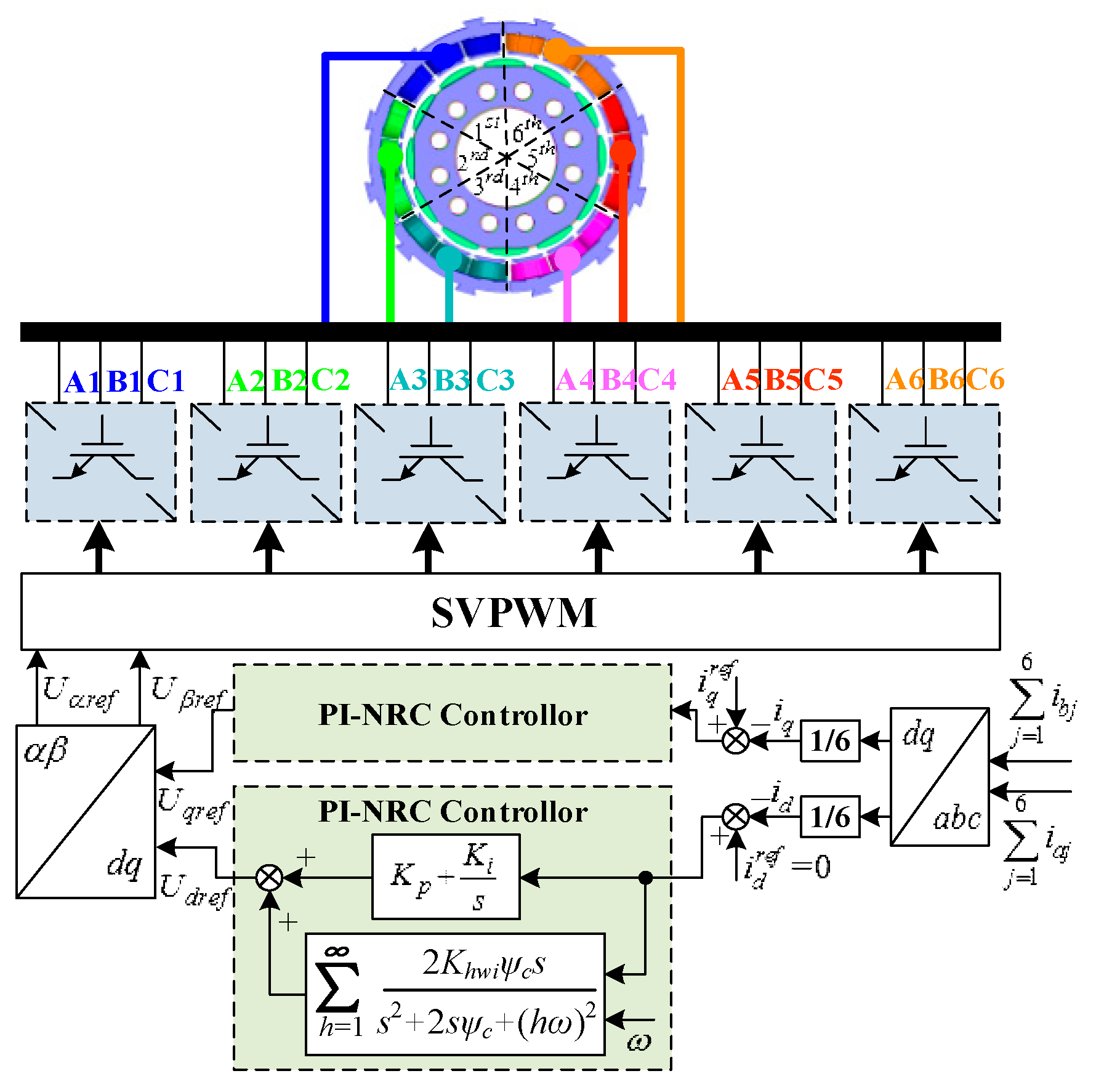
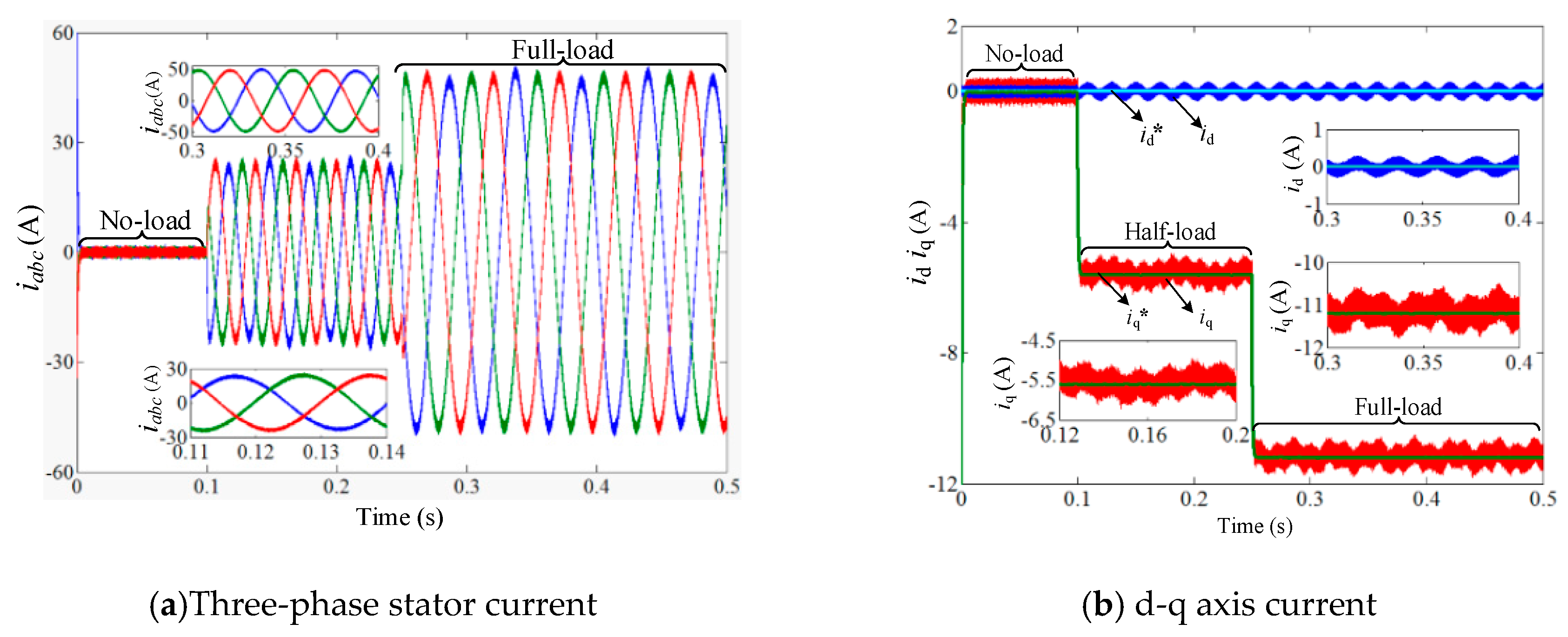
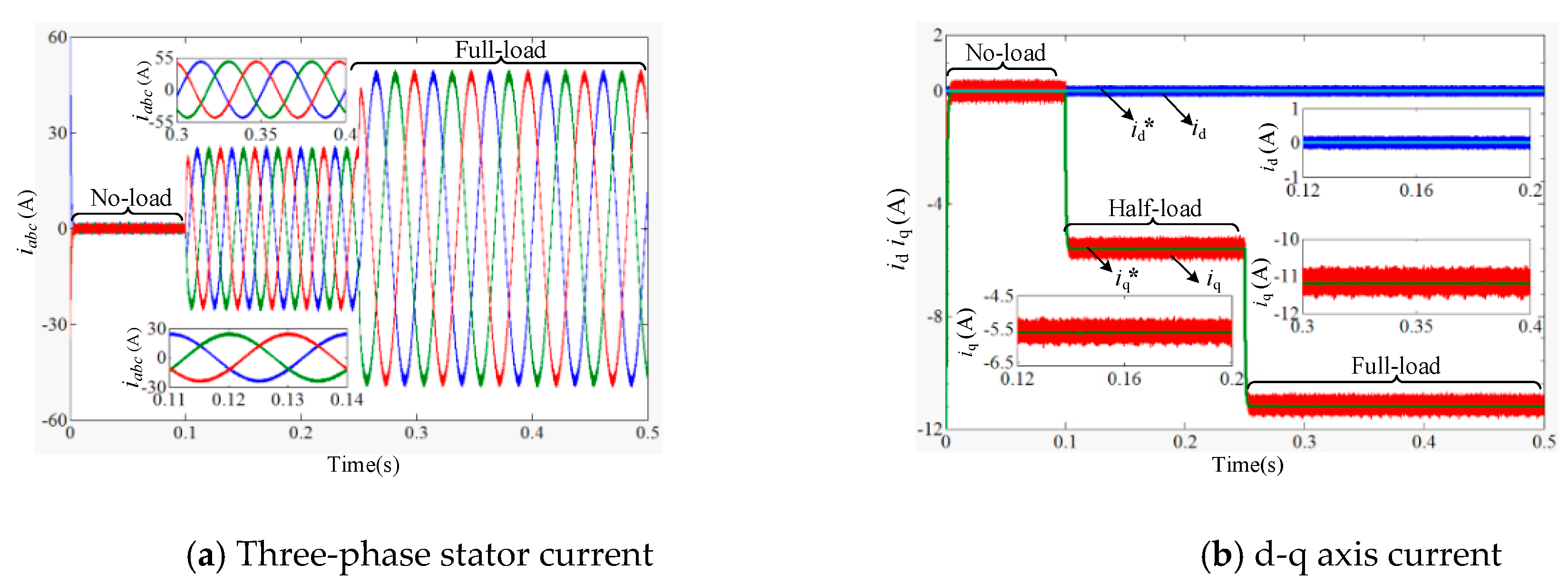
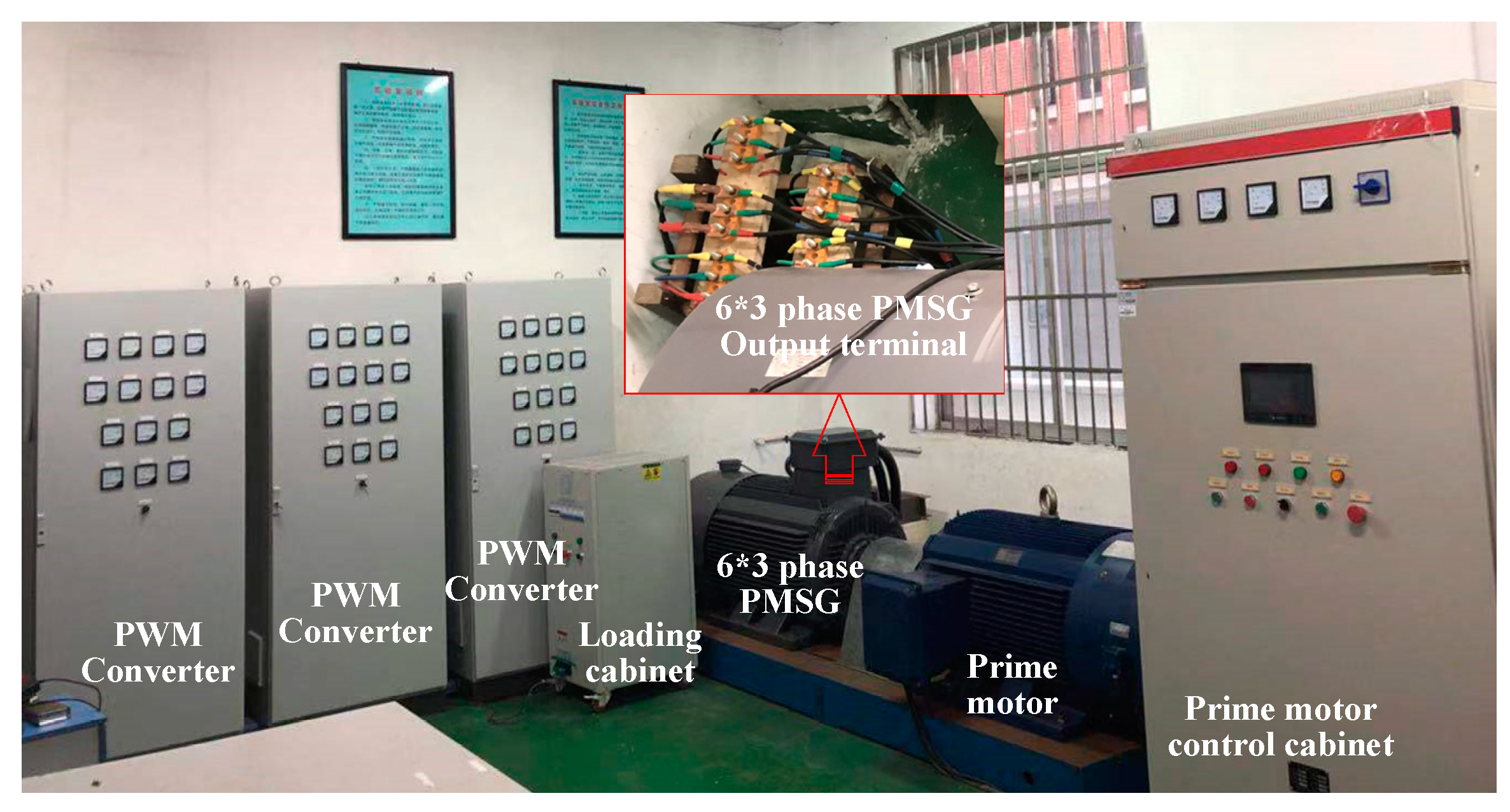
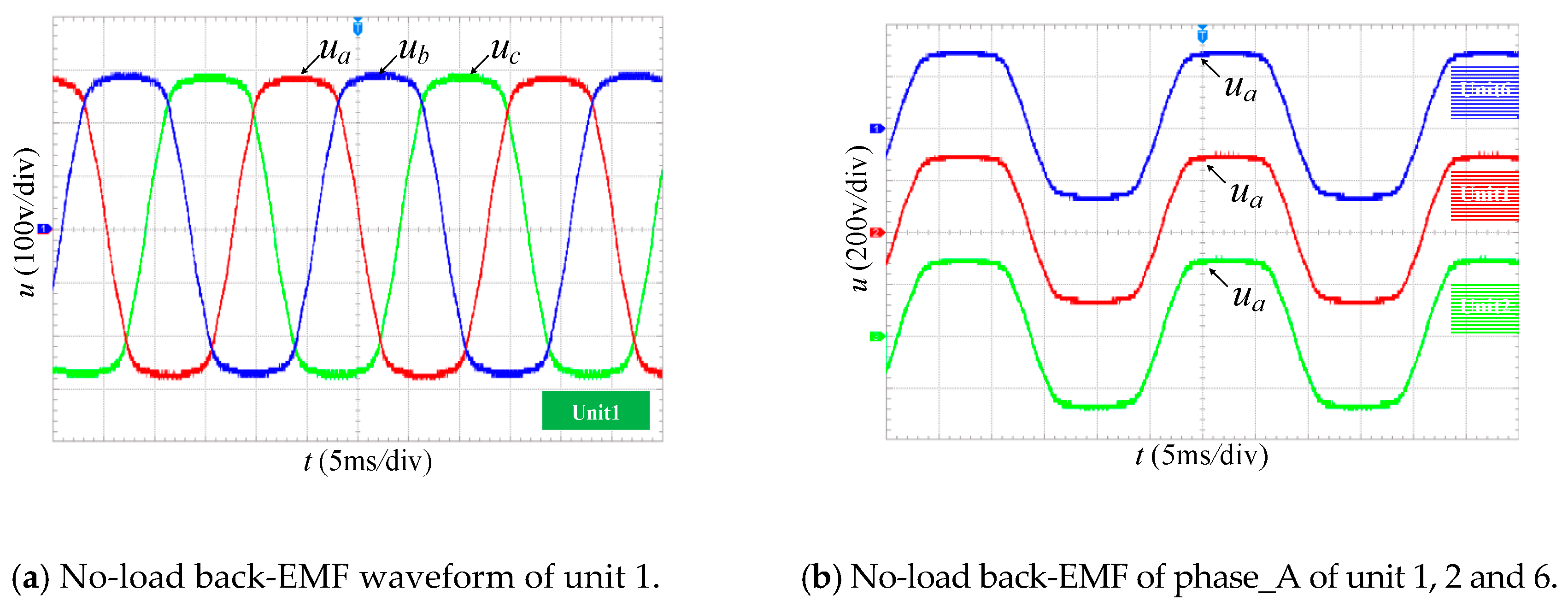
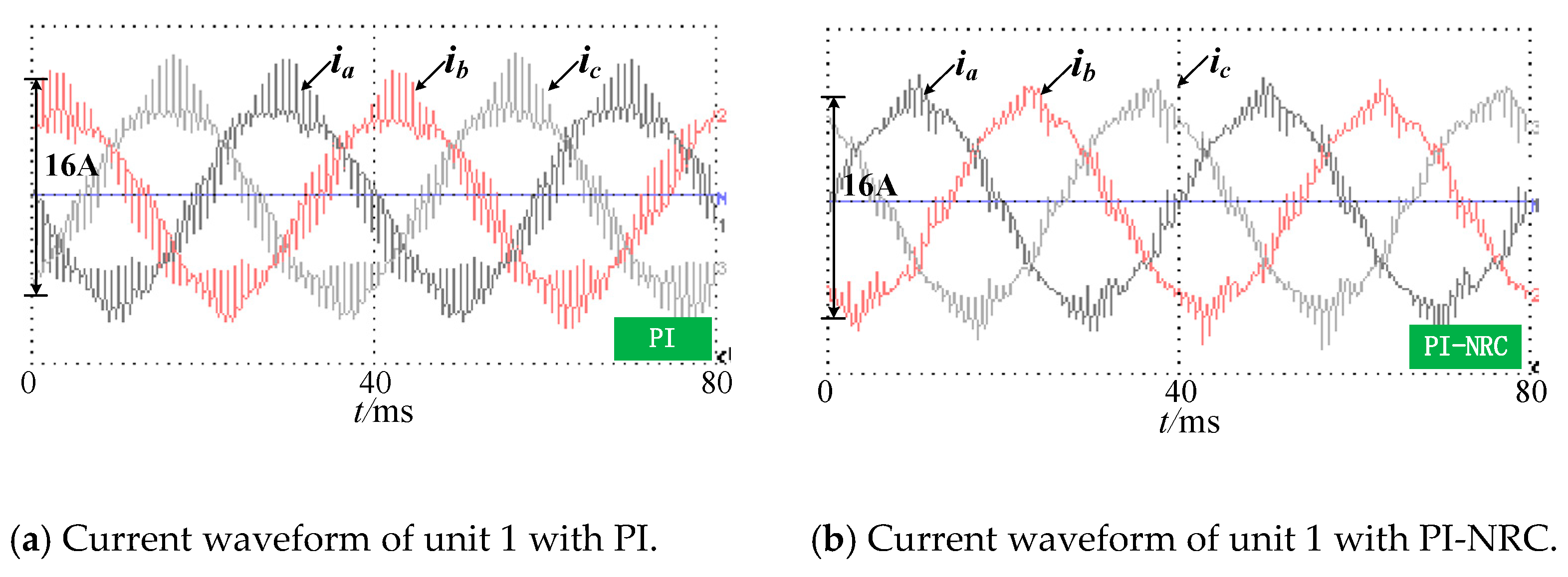

| Parameters | Values | Parameters | Values |
|---|---|---|---|
| Rated power | 20 kW | Rotor flux | 0.058 Wb |
| Rated voltage | 380 V | Stator resistance | 0.07 Ω |
| Rated speed | 500 r/min | d-q inductance | 0.51 mH |
| DC bus voltage | 250 V | Pole pairs | 2 |
© 2020 by the authors. Licensee MDPI, Basel, Switzerland. This article is an open access article distributed under the terms and conditions of the Creative Commons Attribution (CC BY) license (http://creativecommons.org/licenses/by/4.0/).
Share and Cite
Rao, Z.; Zhang, Z.; Huang, S.; Long, Z.; Wu, G. Characteristics and Current Harmonic Control of N* Three-Phase PMSG for HVDC Transmission Based on MMC. Energies 2020, 13, 178. https://doi.org/10.3390/en13010178
Rao Z, Zhang Z, Huang S, Long Z, Wu G. Characteristics and Current Harmonic Control of N* Three-Phase PMSG for HVDC Transmission Based on MMC. Energies. 2020; 13(1):178. https://doi.org/10.3390/en13010178
Chicago/Turabian StyleRao, Zhimeng, Zhigang Zhang, Shoudao Huang, Zhuo Long, and Gongping Wu. 2020. "Characteristics and Current Harmonic Control of N* Three-Phase PMSG for HVDC Transmission Based on MMC" Energies 13, no. 1: 178. https://doi.org/10.3390/en13010178
APA StyleRao, Z., Zhang, Z., Huang, S., Long, Z., & Wu, G. (2020). Characteristics and Current Harmonic Control of N* Three-Phase PMSG for HVDC Transmission Based on MMC. Energies, 13(1), 178. https://doi.org/10.3390/en13010178





